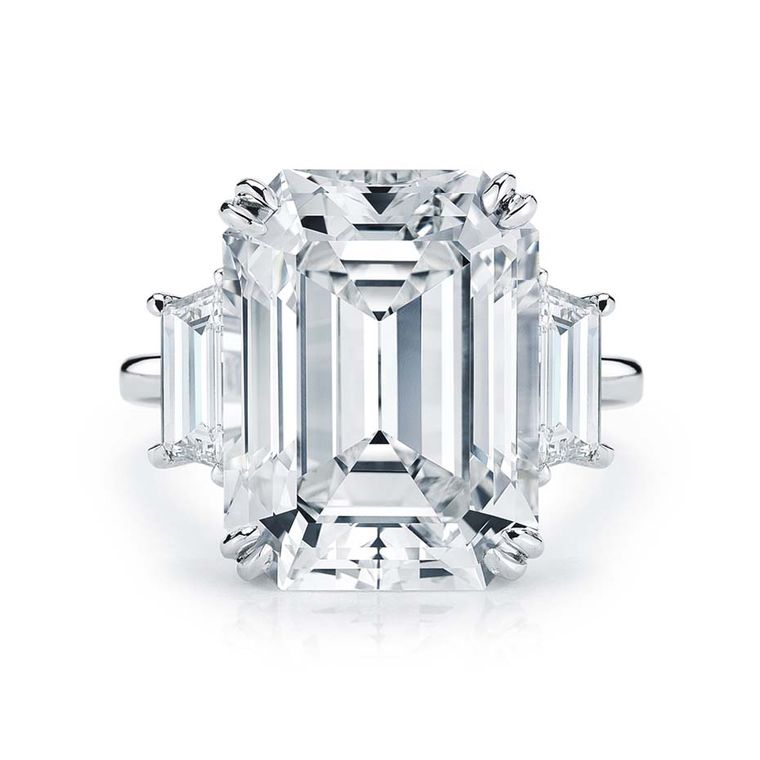Qualitative analysis of the overall surface condition of a diamond. The quality of polish is determined by the care put in by a polisher when finishing a diamond, and is important to the brilliance and scintillation given off by a diamond.
The polish grade of a diamond is a qualitative assessment of the overall surface condition of the stone. It measures how smoothly and precisely a diamond’s facets have been finished by the polisher. A high polish grade is essential in ensuring that light enters and exits the diamond efficiently, enhancing its brilliance (brightness), fire (dispersion of light into colors), and scintillation (sparkle).
How Polish Grade is Determined
A diamond’s polish grade is evaluated under 10x magnification by gemologists at leading grading laboratories such as the GIA (Gemological Institute of America) or DCLA (Diamond Certification Laboratory of Australia). The grading considers factors such as:
Surface quality – The smoothness and refinement of each facet.
Presence of polish lines – Fine parallel lines left from the cutting and polishing process.
Pits and nicks – Small surface indentations or abrasions.
Burn marks – Whitish hazy areas caused by excessive heat from polishing.
Luster – The overall shine and reflectivity of the diamond’s surface.
Polish Grade Scale
The GIA and other reputable labs use a five-grade scale to assess polish quality:
Excellent (EX) – No polish imperfections visible under 10x magnification. Light interacts perfectly with the diamond’s facets, maximizing brilliance and fire.
Very Good (VG) – Minute polish imperfections that are extremely difficult to detect and do not impact the diamond’s appearance.
Good (G) – Minor polish flaws that may slightly affect the diamond’s brilliance but are not noticeable to the naked eye.
Fair (F) – Noticeable polish issues that can impact light reflection, causing a slight dulling effect.
Poor (P) – Significant polish defects that visibly affect brilliance and may make the diamond appear hazy or lifeless.
Why Polish Matters
Affects Light Performance – A poorly polished diamond can have reduced brilliance and sparkle due to surface imperfections that interfere with light transmission.
Influences Value – Diamonds with Excellent or Very Good polish grades are more desirable and valuable than those with Fair or Poor grades.
Durability – A well-polished diamond is less prone to surface damage, while rough or poorly finished areas can attract dirt and scratches.
The polish grade is a crucial factor in a diamond’s overall beauty and value. When selecting a diamond, a grade of Excellent or Very Good is recommended to ensure optimal light performance. Although polish imperfections are usually minor, a well-polished surface enhances the brilliance, fire, and longevity of the diamond.
